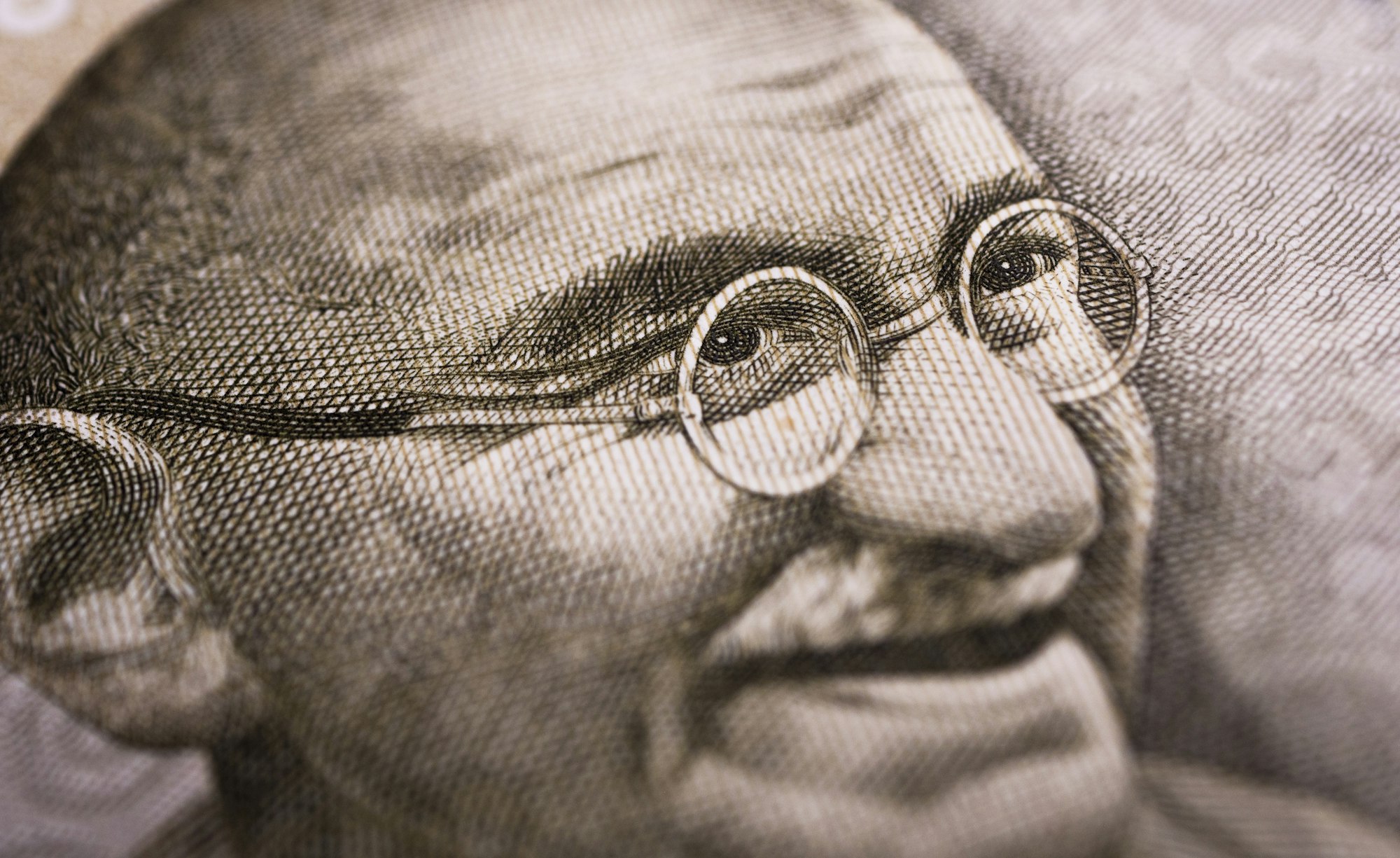Eight Causes of India’s Water Crisis
Water is integral to life in countless ways – from cooking to sanitation and agriculture. Yet, only 4% of the world’s fresh water is available in India to support 18% of the global population. This mismatch has led to a severe water crisis, deeply affecting both urban and rural populations. According to NITI Aayog, 600 million Indians face high to extreme water stress, and nearly 200,000 people die every year due to inadequate access to safe water. The crisis is compounded by factors such as rapid urbanisation, industrialisation, and climate change.
The Water Crisis in Numbers
- 600 million Indians live in water-stressed regions (NITI Aayog).
- 75% of households lack drinking water on their premises (Ministry of Jal Shakti).
- 70% of the country’s surface water is polluted (Central Pollution Control Board).
- The water demand in India is projected to be twice the available supply by 2030 (Water Resources Group).
- 68% of water resources in India are used for agriculture, often inefficiently.
- Women in rural India collectively spend 150 million workdays annually fetching water (UNICEF).

1. Climate Change
Climate change is a key driver of India’s water woes. Rising temperatures exacerbate the drying of rivers like the Ganga, Brahmaputra, and Narmada, affecting millions who depend on them. Erratic rainfall patterns result in severe droughts in some regions while triggering floods in others.

2. Natural Disasters
Over 70% of natural disasters in India are water-related, including floods, droughts, and cyclones. Floods contaminate drinking water supplies, and droughts leave vast populations without access to water. For instance, the 2019 Chennai water crisis, when reservoirs dried up completely, highlighted the vulnerability of urban centres.

3. Wastewater Mismanagement
India generates over 72 billion litres of wastewater daily, but only 20% is treated. The untreated water flows back into rivers and groundwater, contaminating resources with chemicals and pathogens. This contributes to diseases like diarrhoea, which kills 1,400 children in India every day.

4. Lack of Water Data
Reliable data on water quality and quantity remains insufficient. Over 40% of India’s groundwater blocks are overexploited, yet we lack comprehensive groundwater monitoring. Without accurate data, water planning and management become nearly impossible.

5. Interstate Water Conflicts
India’s rivers, such as the Cauvery, Krishna, and Yamuna, traverse multiple states, often leading to disputes. For example, the Cauvery water dispute between Karnataka and Tamil Nadu is decades old, hampering cooperative water management and affecting millions.

6. Inadequate Infrastructure
India loses 40 billion cubic metres of water annually due to inefficient infrastructure and leaks. Rural areas, in particular, lack pipelines and treatment plants. Urban water systems are overwhelmed, with cities like Bengaluru losing 50% of water to leaks before it reaches households.

7. Migration and Urbanisation
Rapid urbanisation has stretched water resources in cities. Over 35% of India’s population resides in urban areas, and this number is increasing. Migrants often settle in informal housing areas with no access to piped water, forcing them to rely on costly and unsustainable alternatives like water tankers.

8. Inequality and Gender Disparities
Access to water is deeply unequal in India. Women in rural areas often walk several kilometres to fetch water, impacting their education and economic opportunities.

India’s Water Crisis: A Way Forward
Addressing India’s water crisis requires urgent action:
- Strengthening water conservation programs like Jal Shakti Abhiyan and popularising traditional rainwater harvesting.
- Investing in wastewater treatment plants and promoting water recycling.
- Improving agricultural practices to reduce water wastage in irrigation.
- Promoting community ownership of water resources and empowering women with better water access solutions.
Source:
Ministry of Jal Shakti, IPCC Report 2021
NITI Aayog, UNICEF Report on Climate Change
Central Pollution Control Board (CPCB), WaterAid India
NITI Aayog, Central Ground Water Board
NITI Aayog, Ministry of Jal Shakti
World Bank, NITI Aayog
UN-Habitat, Ministry of Housing and Urban Affairs
UNICEF India, Ministry of Women and Child Development


